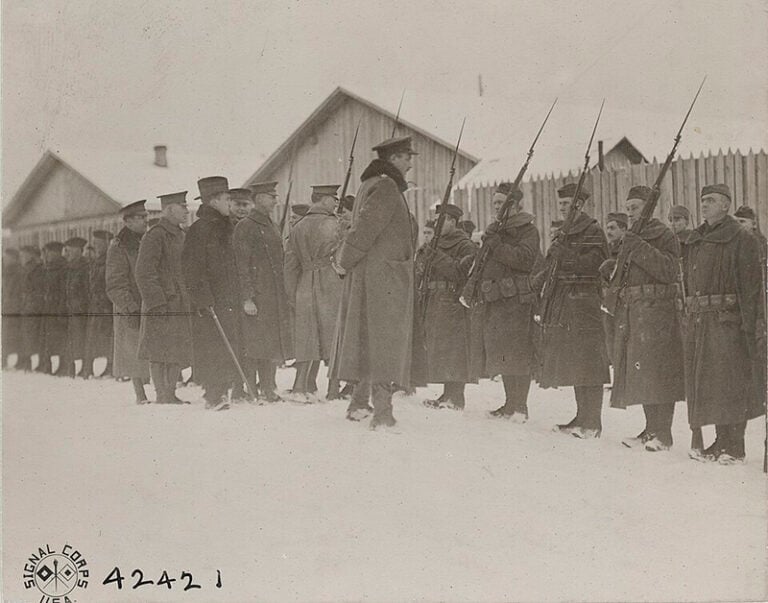An interactive report released last week from the Kentucky Center for Education and Workforce Statistics (KCEWS) includes feedback on recent graduates from Kentucky’s public high schools and their transition to college, success in the first year of college, college completion and workforce and education attainment.
“For the first time our high school feedback report will be available in an interactive series which includes outcomes for Kentucky high school graduates in terms of college going, college completion and employment in Kentucky,” said Kate Akers, Ph.D., executive director of KCEWS. “With our stakeholders’ feedback in mind, we created a dynamic tool that will enable policymakers, practitioners and the public to explore high school graduate outcomes to meet their individual, local, and state needs about high school graduate pathways to employment in Kentucky.”
The report from KCEWS includes the Kentucky High School Feedback Report on College Going, the Kentucky High School Feedback Report on College Success, the Kentucky High School Feedback Report on College Completion and the Kentucky High School Feedback Report on Workforce and Education Attainment. The report gives comparable data for all Kentucky public high school graduates from 2009 through 2015 from each district, county and local workforce area.

“In today’s rapidly changing economy, it’s imperative that all students have some level of college experience, whether it’s earning an industry credential, a bachelor’s degree or more,” said Education and Workforce Development Cabinet Secretary Hal Heiner. “This report goes into great detail about the education pathways for high school graduates and what we need to do in order to fill our talent pipelines across the state.” KCEWS is administratively located in the cabinet.
This is not the first time KCEWS has created this report; however, it is the first time KCEWS has made it dynamic and interactive to the public with the additions of college completion and workforce and education attainment.
“The ability to break down the data of ACT composite scores, college readiness, 1st year GPAs, etc. and see the comparisons between these data are a tremendous asset for our districts and schools,” said Jimmy Adams, executive director of the Education Professional Standards Board (EPSB). “It will assist our high school administrators, counselors and district level personnel as they work to see the success of their students beyond grade 12 and what they can do for students in their buildings.”
The Kentucky High School Feedback Report on College Going compares metrics on ACT scores, graduates who enrolled in at least one Advanced Placement (AP) course, graduates earning college credit prior to graduation, in-state college-going rates and more. This portion of the report revealed that 54 percent of Kentucky public high school students who graduated in 2015 enrolled in some form of higher education in Kentucky.

“This comprehensive report provides our campus officials with a more complete picture of college-going and student success by high school class,” said Bob King, president of the Council on Postsecondary Education (CPE). “While the in-state college-going rate of high school graduates remains around 55 percent, the report also shows a significant number of students do enroll in a Kentucky community/technical college, private college or university within six years.”
The statewide college going data showed that for the Class of 2015, over 90 percent started out as full-time students, 54 percent were pursuing a bachelor’s degree – while nearly 40 percent were seeking an associate’s degree.
Data also revealed that more than 47 percent of males compared to about 61 percent of females in the Class of 2015 attended college in-state. In addition, over 55 percent of white students, about 48 percent of African-American students and 45 percent of Hispanic students attended college, along with 16 percent of students with access to special education.
Of the 173 public school districts in the college-going report, Jackson Independent in Breathitt County was the only one to have a college-going rate at or above 90 percent for the Class of 2015.
“The future of Kentucky’s students – and the economic well-being of the Commonwealth – depends on their ability to acquire education and training after they graduate from high school,” said Kentucky Commissioner of Education Stephen Pruitt. “The feedback reports give educators, parents and community members valuable information they can use as they strive to increase student achievement and better prepare their students to succeed in college and the workforce.”
The Kentucky High School Feedback Report on College Success explores how Kentucky high school graduates perform in their first year of college with metrics such as the percentage of graduates completing at least 30 credit hours their first year of college.
The Kentucky College Success data showed that only one in five Class of 2014 graduates earned at least 30 college-level credit hours in their first year. To graduate on time a student must complete 30 credit hours or more each year for four years.
Data from the Class of 2014 showed that graduates who were college ready were more successful in college compared to those not college ready. College readiness indicates that a graduate met Kentucky benchmarks for English (18), mathematics (19) and reading (20) on any administration of the ACT or passed a college placement test (Compass or KYOTE).
Almost 80 percent of the Class of 2014 who were ready for college returned for a second year compared to 55 percent who were not ready for college. Class of 2014 graduates who were ready for college earned twice as many credit hours during their first year compared to those not college ready and had almost a full point higher on their first year cumulative GPA.
The Kentucky High School Feedback Report on College Completion compares associate and bachelor completion percentages by county. Those enrolled in a Kentucky four-year public/private institution the fall after graduation of the Class of 2010 had 52 percent complete a bachelor’s degree in six years. Meanwhile, 11 percent of graduates that enrolled in a Kentucky Community and Technical College System (KCTCS) institution the fall after graduation completed an associate’s degree in three years.
The Kentucky High School Feedback Report on Workforce and Education Attainment examines the educational attainment and percent of Kentuckians employed within the Commonwealth.

“This report will provide Kentuckians with valuable information that can be used to develop policies and programs to ensure more of the Commonwealth’s citizens take advantage of higher education,” said Carl Rollins, Ph.D., executive director of the Kentucky Higher Education Assistance Authority (KHEAA). “Education beyond high school, whether it is a certificate in a technical field or a four-year college degree, will help the state develop an educated workforce attractive to companies seeking locations for new facilities.”
Data from the Class of 2010 showed that 20 percent of the graduates had completed a bachelor’s degree or higher by 2016. Of those 20 percent, 73 percent were employed in Kentucky and 34 percent were still enrolled in postsecondary. One-third of the Class of 2010 did not have a postsecondary degree nor did they enroll in a postsecondary program by 2016. One in 10 graduates from the Class of 2012 completed a bachelor’s degree or higher by 2016.
“The bottom line is that this interactive data tool helps us identify our challenges so that we can work together to help more students access and complete college, and enter the workforce in higher-paying careers,” said King.
The Kentucky High School Feedback Report is produced by KCEWS utilizing data from the Kentucky Longitudinal Data System (KLDS), which includes data from the Kentucky Department of Education (KDE), Kentucky Council on Postsecondary Education (CPE), the Unemployment Insurance System (UI), the Kentucky Higher Education Assistance Authority (KHEAA) and the Kentucky Labor Market Information System (KLMI).
To read the report in its entirety, please visit http://kcews.ky.gov.
From Kentucky Center for Education and Workforce Statistics

















